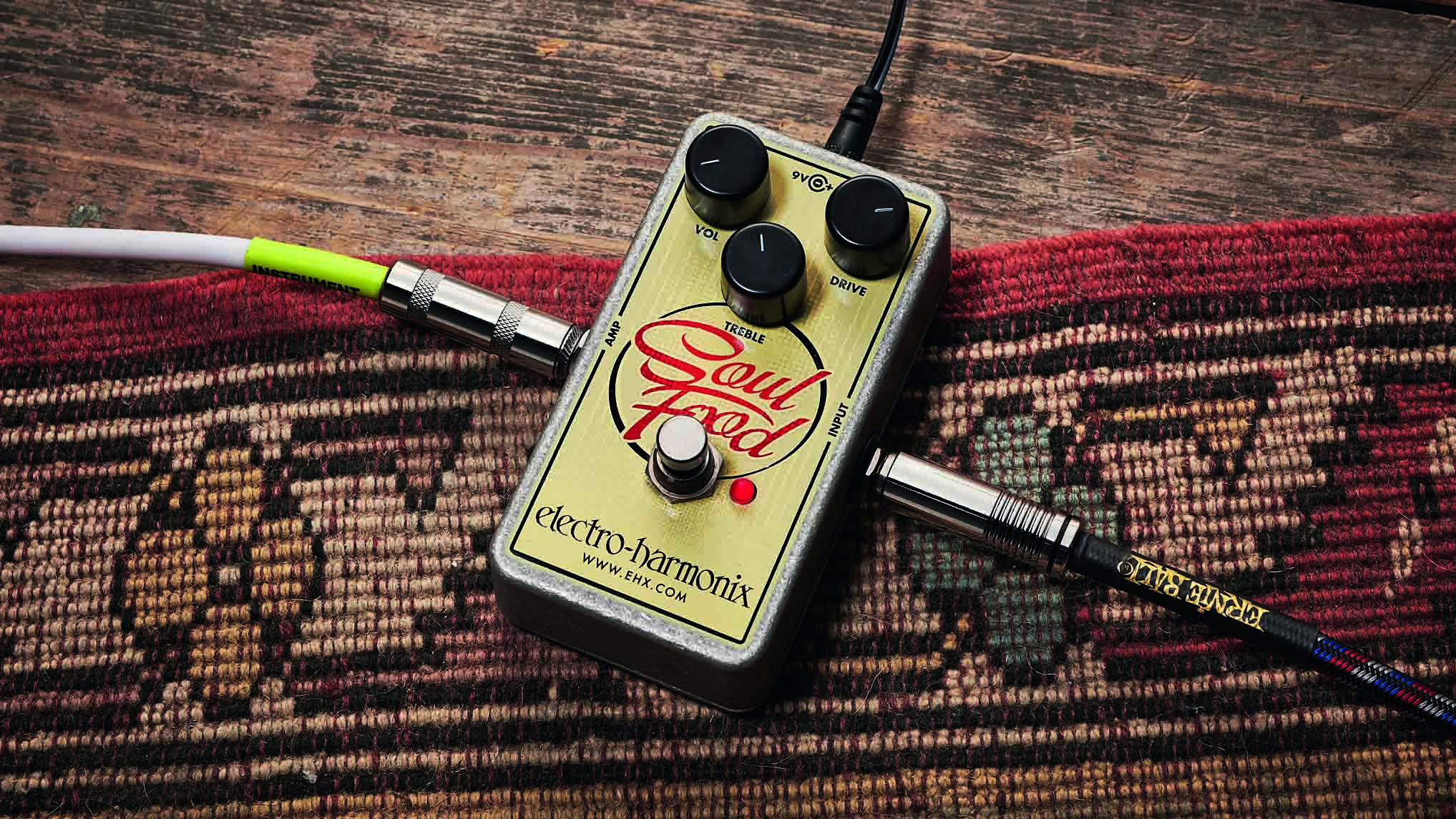5 overdrive pedals guitar players need to try
Future classics, premium drives and affordable alternatives
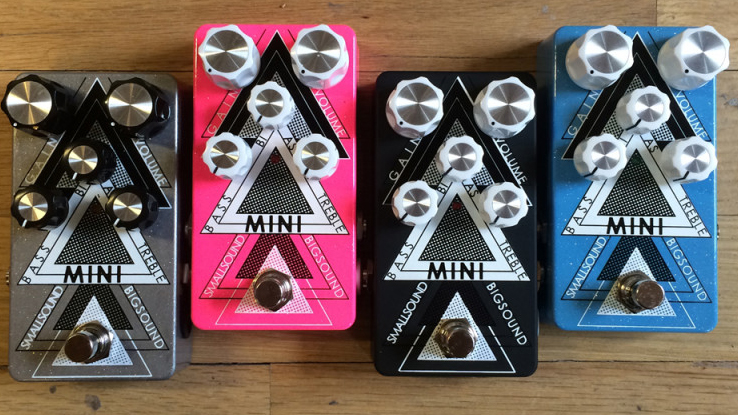
There are more overdrive pedals on the market now than we can keep track of, but most have common ancestors, design decisions, even designers, or components. As a result, there should be only so much you can do with the humble overdrive. However, we've found the subject endlessly exciting on our quest for tone, and are often pleasantly surprised by new arrivals on the scene. Here, we've chosen some overdrives that we think all players should try at least once.
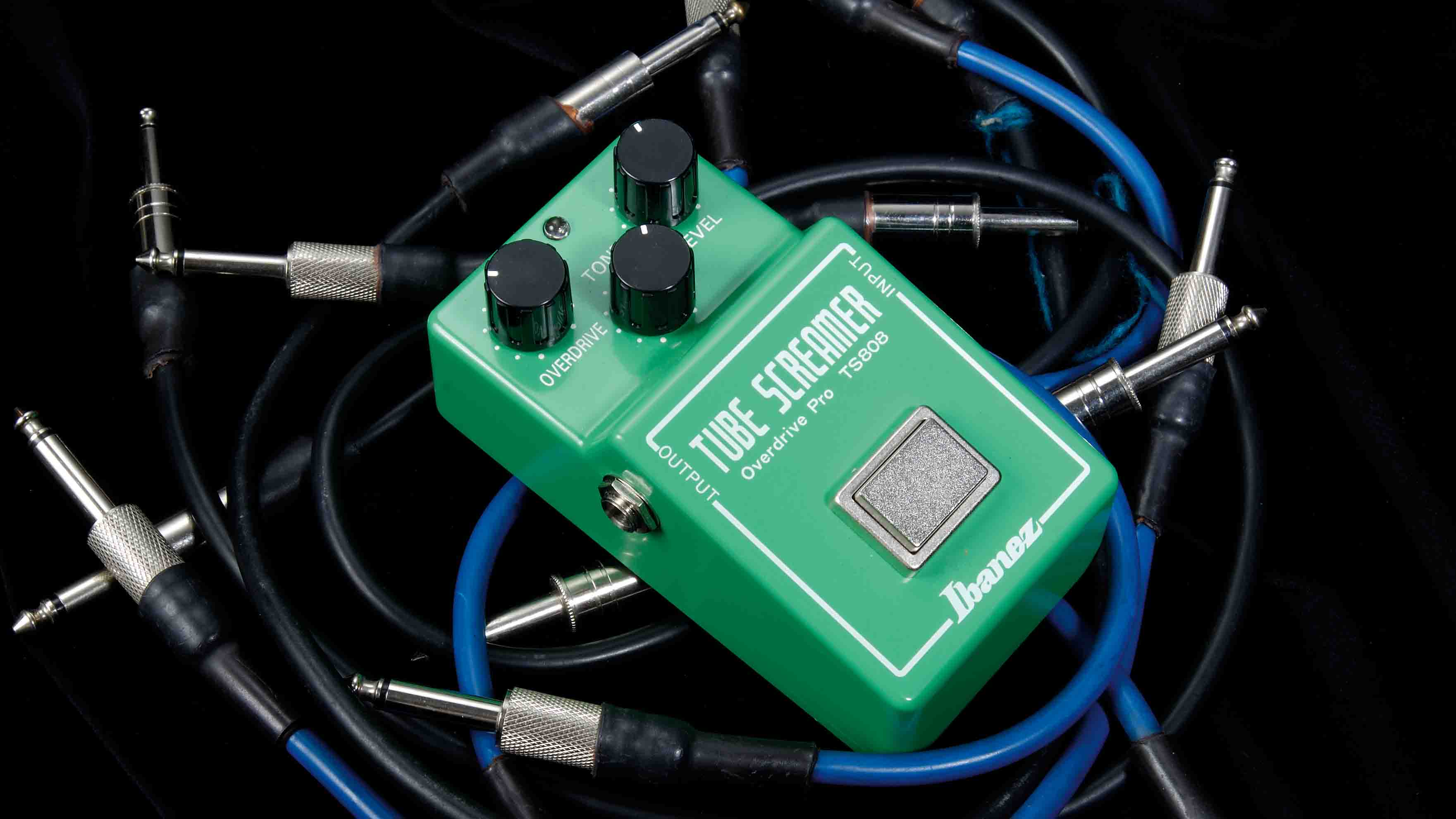
What is an overdrive pedal?
Unlike a fuzz or a distortion pedal, to our mind the defining characteristic of an overdrive is that it's intended to be used with something else - to push a guitar amp, to stack with other effects pedals - as much as it is intended to be used alone.
The history of overdrives really starts with the op-amp, a component designed to create distortion-free amplification. Circuit designers took these chips and started to make stompboxes that used this device at the core. These new designs were radically different from transistor-based fuzzes, although JFET and transistor overdrives do exist.
The most famous of these op-amp circuits was the Ibanez Tube Screamer, an overdrive that set the template for what was to follow and remains a must-try overdrive, as we'll explain…
1. Smallsound/Bigsound Mini ($159)
A future classic
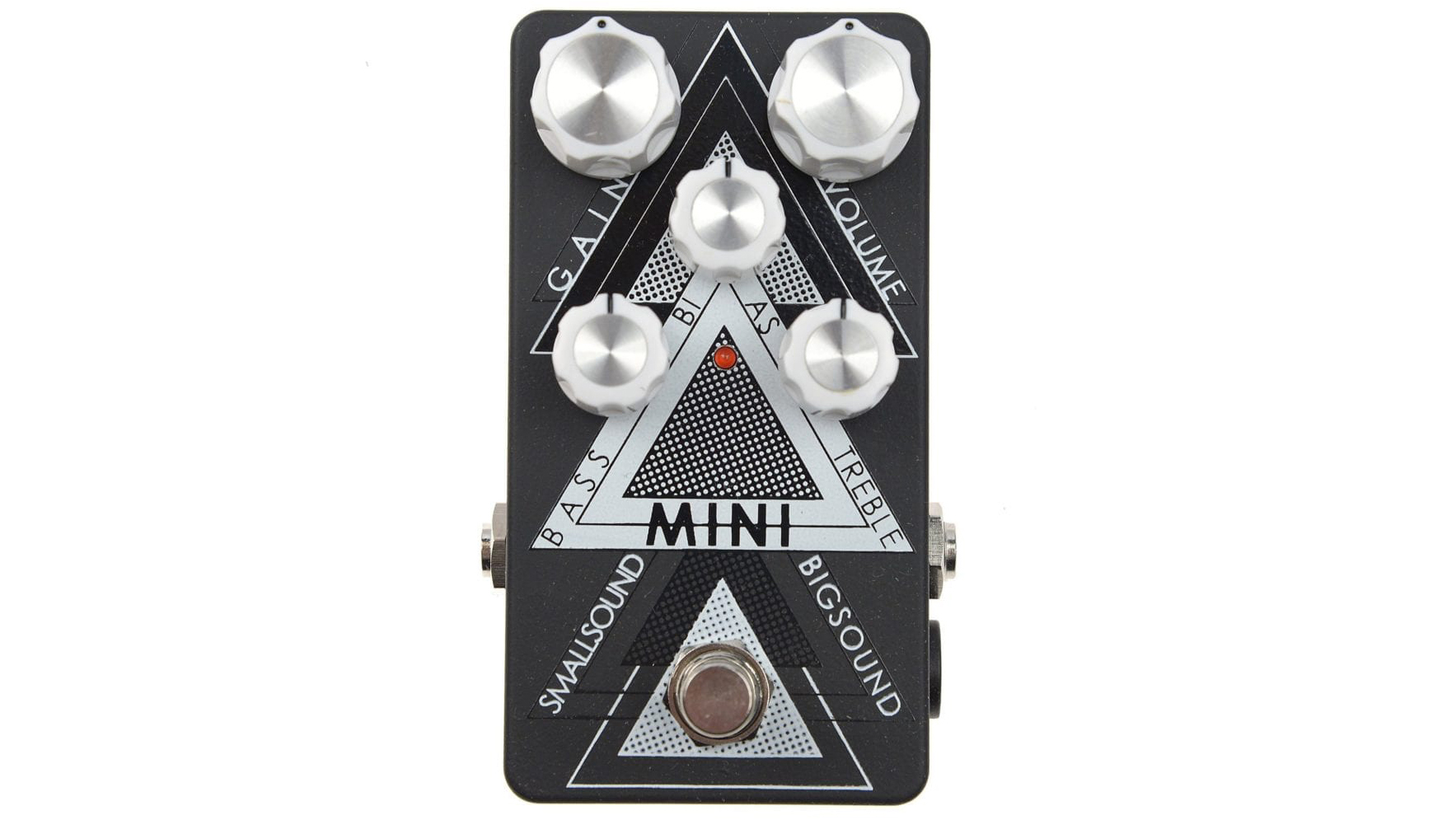
Why try?
- Huge range of settings
- JFET rather than op-amp based
- Gorgeous low gain drive tones
- Can be used as a JFET boost
- Fun and intuitive controls
- Bias control unlocks more unusual sounds
- Also great for thickening bass
Depending on where in the world you are, the Mini may well be one of the cheaper pedals on this list. In spite of that, the Mini is totally handmade and very original. Originally conceived as a smaller, streamlined version of the Fuck Overdrive, the goal was to take the core of the Fuck, and get it down to a 125B-sized enclosure to free up pedalboard real estate.
The result is one of the most gorgeous JFET drives available at any price point, with an intuitive layout and versatile range of tones.
Crucially for bass and keyboard players, more bass was added to the circuit, and an additional control added for bass cut. This means that front panel is somewhat easier to digest than other Smallsound/Bigsound pedals, possibly a factor in the Mini's relative success. As you'd expect from a drive, there's volume and gain controls, as well as a two-band treble/bass EQ section.
The sting in the tail comes from the bias control, which allows you to change the timbre almost to a saggy, mis-biased fuzz pedal at the one extreme, and a hi-fi, clean drive at the other. That's not to misrepresent what the Mini is best at - although with the gain down, it can be used as a brilliant JFET boost, it's somewhere in the middle ground of saturation, pushing a tube amp to breakup, and compression of the input guitar signal that the Mini is at its most magic.
That said, with the gain all the way up, it's a pocket monster, and more than one guitarist has replaced not just a drive pedal, but a full-blown distortion or fuzz, with the Mini. While various shops stock the Mini, they're also available direct from Brian, although there's a growing waiting list. If he ever stops making the Mini, expect them to double in value overnight.
Alternatives
Get the MusicRadar Newsletter
Want all the hottest music and gear news, reviews, deals, features and more, direct to your inbox? Sign up here.
SS/BS Fuck Overdrive
2. Ibanez TS808 Tube Screamer (£169)
A reissue of the original overdrive
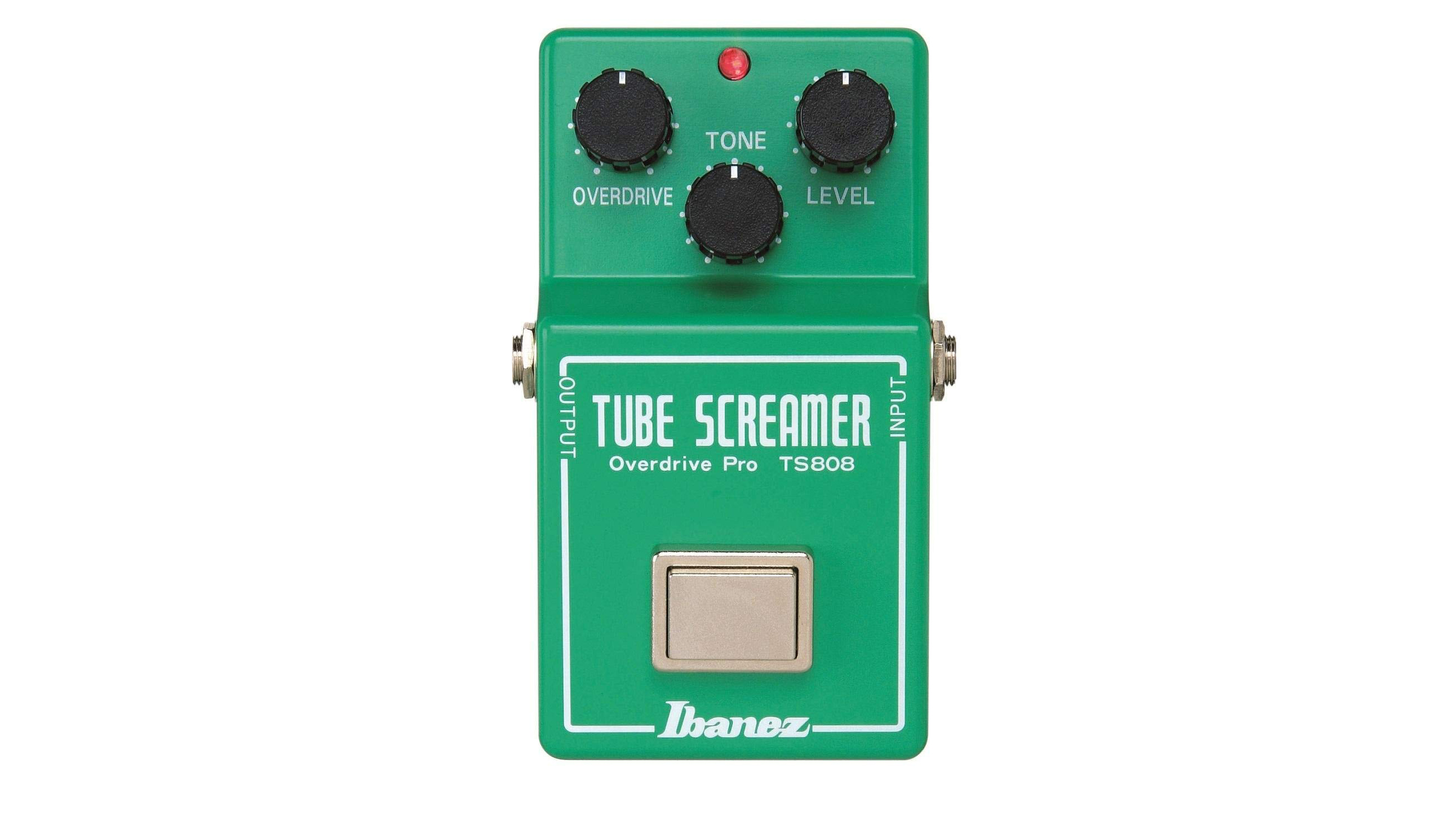
Why try?
- The benchmark against which all drives are tested
- Can be used as a boost or a drive
- For novices and pros alike
- That 1kHz bump is magic
- Was probably used on your favourite record
The most classic of overdrive sounds, the original TS808 sought to emulate the feel and compression of a tube amplifier, but found most success in the hands of players seeking to enhance the tone they were getting from their guitar amp.
In fact, many guitarists just use the Tube Screamer as a boost pedal. This is as common for blues guitarists seeking extra gain and a mids-bump before their amp as it is for metal players, who often can be seen using a Tube Screamer with the gain rolled off and the level up to smash a high-gain amp like a Peavey 5150 into greater saturation.
Should you roll up the gain, however, you'll find it to be a touch-sensitive and rewarding pedal. Its paper max gain, of about 40dB is never reached, on account of the soft-clipping diodes in its op-amp's feedback loop, and it's this increasing compression that adds sweetness to the guitar signal and forms the pedal's signature sound.
The pedal's tone control effectively operates as a low-pass or high-pass filter depending on its position, though the pedal's main EQ trait is more intrinsic. As a result of passing low-pass filtering in the signal path, regardless of where the tone control is set, the Tube Screamer will boost the guitar signal at around 1kHz.
This distinctive 'mid bump' is at a very useful place for the guitar's voicing, leading players who might otherwise be unsure of how to EQ their instrument able to stick a Tube Screamer in their chain and punch through a mix. This is key to the pedal's enduring success.
Alternatives
Amptweaker Tight Drive
Ibanez Tube Screamer Mini
3. Klon Centaur (From around $5,000 on Reverb)
The most hyped pedal ever
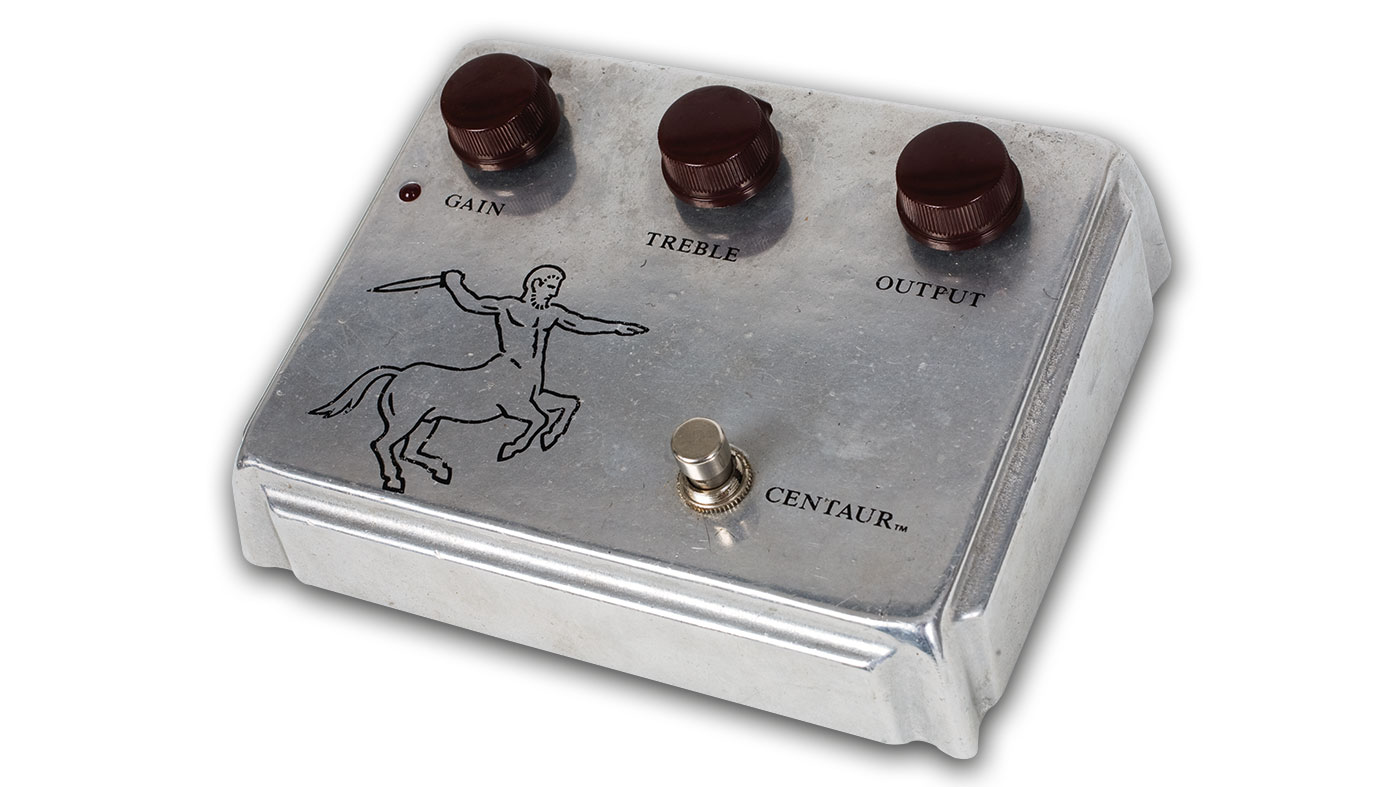
Why try?
- To hear what all the fuss is about!
- An expressive and touch-sensitive overdrive
- Exceptional low and mid-gain drive tones
- So hyped that even the buffer has hype behind it
There's not much to be said about the Klon Centaur that hasn't been said before. Reissued by its designer Bill Finnegan twice, first in the form of the Klon KTR, and lately under the original name directly from him, it's been endlessly cloned and celebrated since it first appeared on the market. An original will set you back thousands of dollars, while even the KTR will cost hundreds.
The Klon has a very distinctive sound. Its gain control potentiometer has two sets of legs, which control different parts of the circuit. In a simplified way, the control affects the overdriven tone as well as a clean but filtered version of the signal, such that as the distorted signal increases, the cleaner signal is reduced. Nevertheless, there's also a feed-forward network with a low-pass filter that isn't tied to this control, which adds some bass to the final sound.
The so called 'transparent' overdrive of the Klon comes from this blend of clean signals and distorted; however compressed the distorted signal gets, there's always some clean signal in the mix to add dynamics.
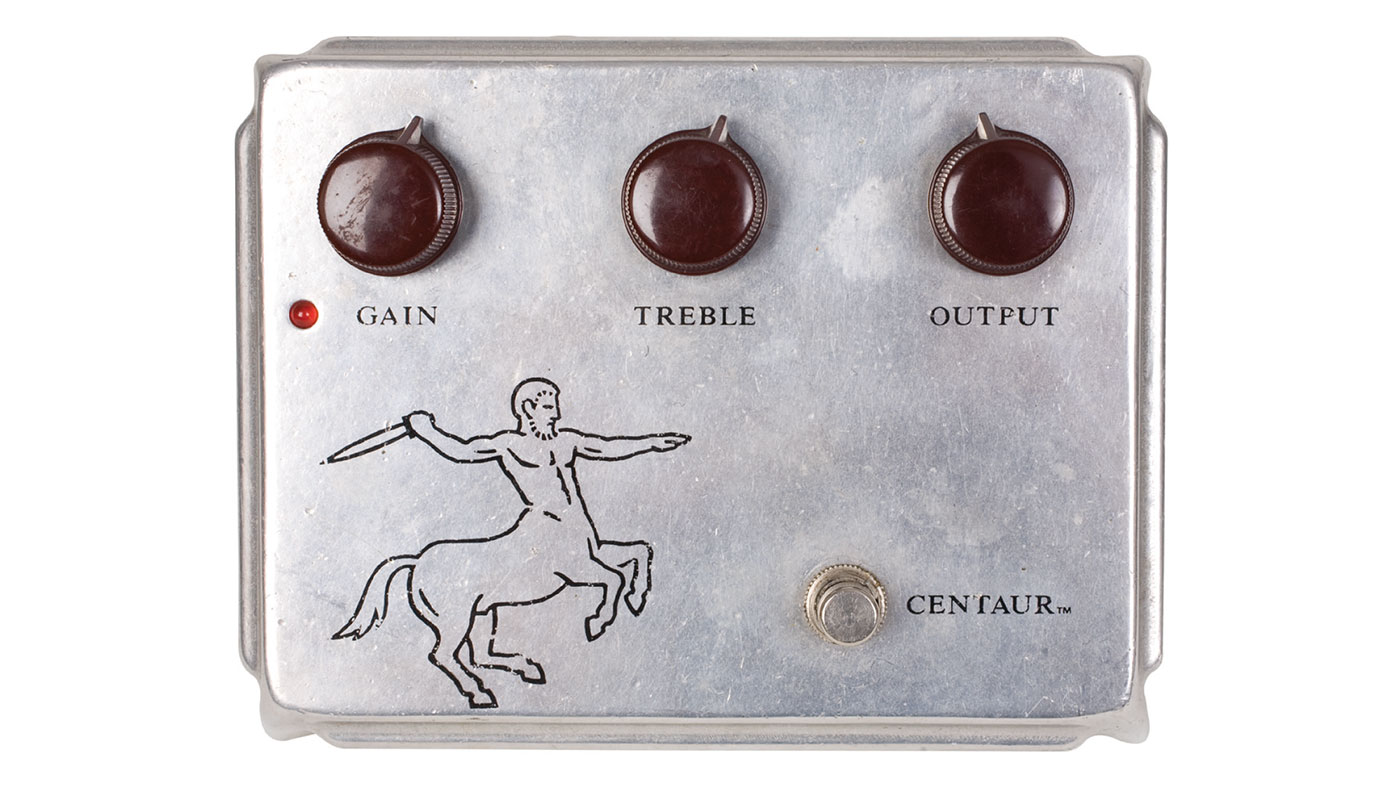
Klon Centaur: The history of the original ‘holy grail’ overdrive pedal
The other distinctive feature of the Klon's sound is that it's hard-clipping, more like a distortion than an overdrive. It uses two germanium 1N34A diodes for this, but, because there is so much gain on tap in the pedal, at its highest gain settings, it actually clips in the op-amp, resulting in almost a square-wave distortion.
As a result, many players are using the Klon at relatively low gain settings. This may seem counterintuitive, given how much thought has gone into structuring the pedal's gain response, but there's a final reason the Klon is so prized - its buffer. Buffers are useful for preserving the tone of the guitar, especially high frequencies, across multiple pedals or longer cable runs. Our pet theory is that the Klon's buffer would often be in a chain of true-bypass pedals, and so would result in a audibly more robust tone when in the chain.
Due to supply and cost, more players are using clones of the Klon - usually called 'klones' for short - than the real thing, and there are plenty of great options on the market.
Alternatives
MXR Sugar Drive
Wampler Tumnus
Klon KTR
Electro-Harmonix Soul Food
4. MXR Timmy (£139)
The sleeper hit

Why try?
- A rich and 'open' sounding drive tone
- Interacts with tube amps as a boost extremely well
- Stacks well with other overdrive pedals
- More tone shaping options than a single tone knob
Though it's the Klon that was marketed as a 'transparent' overdrive, in a lot of ways, it's the Timmy that better deserves the title. Created by Paul Cochrane - also responsible for the larger Tim overdrive - the goal was to create a pedal that would be an extension of his amp, rather than a standalone overdrive.
As a result, the Timmy shines when used for its intended purpose - pushing tube amplifiers into valve saturation. In order to aid in this noble endeavour, the Timmy has a lot of gain on tap, and a low-pass and bass cut filter, which together make a surprisingly powerful EQ section. Despite appearances, it's got a decent amount of gain on tap in its own right, and while to achieve large amounts of saturation it generally has to interact with a decent amp, the pedal is versatile enough to be used as a standalone overdrive, even if that wasn't the creator's original intention.
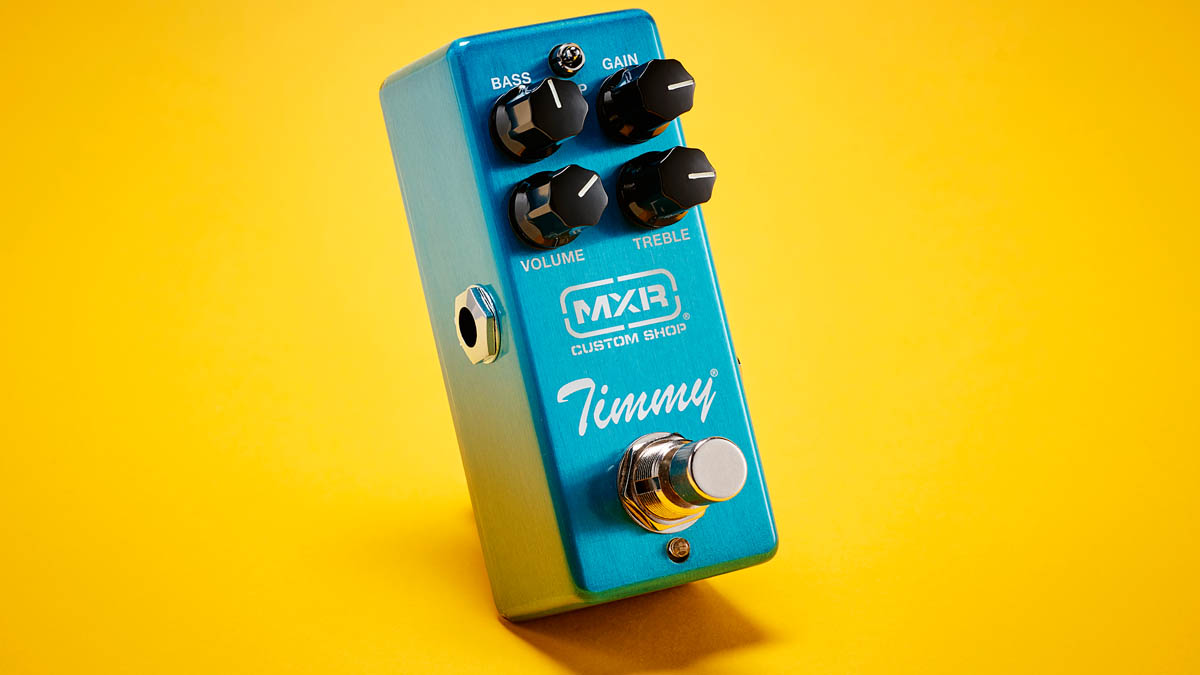
MXR Timmy: The legendary transparent overdrive returns to popular acclaim
Being an op-amp overdrive that employs soft clipping, to some degree it is influenced by, and in the family tree of, the venerable Ibanez Tube Screamer. However, in its more streamlined design, two crucial things are different.
First, it has a flatter base EQ profile, leaving you freer to use its EQ controls, or indeed those at the amp end, to sculpt your tone. Gone is the kind of mid bump that you see on the Tubescreamer, and to some degree, other drives like the Klon.
Secondly, it's less compressed, which, like the lack of EQ bump, could be a blessing or a curse, depending on your viewpoint.
Moreover, as it was designed to interact with an amp after it, the Timmy also stacks well with other overdrive pedals should you want to mix their timbres. A particularly potent pairing is with a Zendrive, though we also highly rate a Timmy in front of an amp-in-a-box pedal like the Hamstead Odyssey.
Though Paul had been producing the Timmy at a reasonable price for years, there was a slight bottleneck in supply. However, his recent collaboration with MXR means there's now a licenced, mass-market version available, and not a moment too soon!
Alternatives
Mosky MM Silver Overdrive
Paul Cochrane Timmy
5. Hamstead Soundworks Odyssey ($279)
Redefining 'amp in a box'
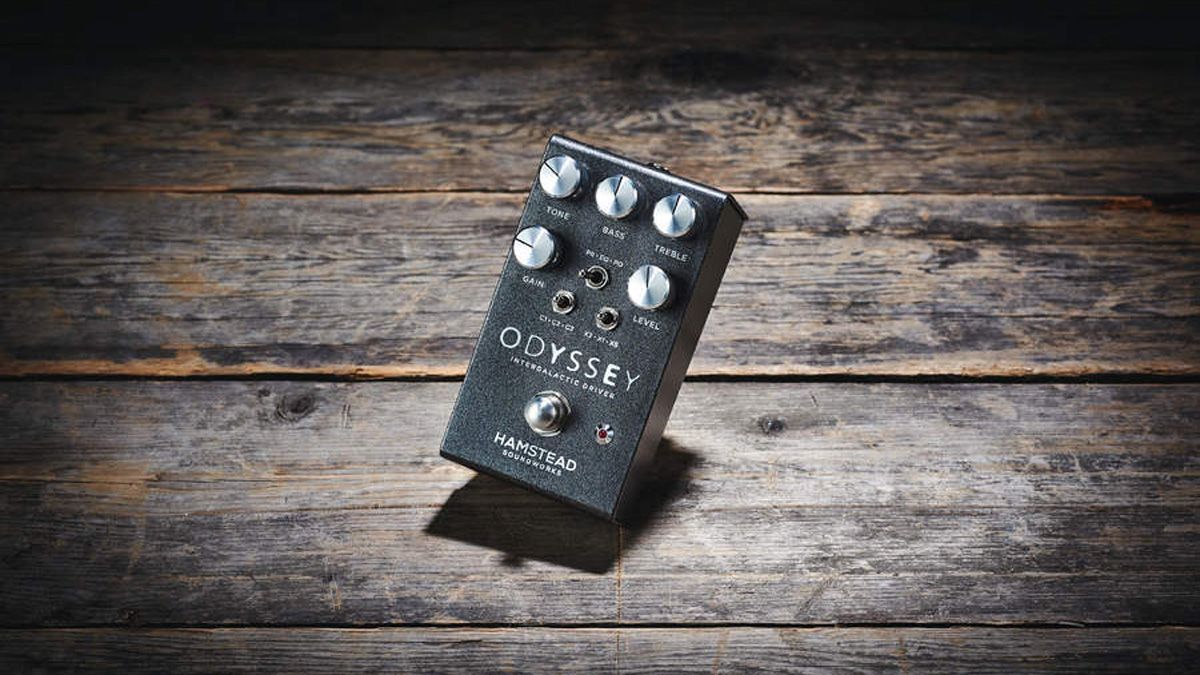
Why try?
- One of the best 'amp in a box' overdrives ever made
- Large range of gain on tap
- Amp-like EQ or studio-style EQ modes
- Variety of clipping options
- Dedicated boost setting
- Modern refinements in switching and form-factor
At the upper end of budget and sophistication for drives is the Hamstead Odyssey. Being more of an 'amp in a box' style drive, from a manufacturer of boutique amps, it should come as no surprise that it's a deep and responsive bit of kit.
With its three-way clipping control in symmetrical mode, and with the gain knob down, it's a very capable boost for smashing a tube amp. In fact, there's even a dedicated boost setting that bypasses the gain control entirely - we tend to like a bit of extra hair. It's in the amp-like modes that the pedal shines, however, with clipping set to a two-stage model and the EQ section before the gain stages.
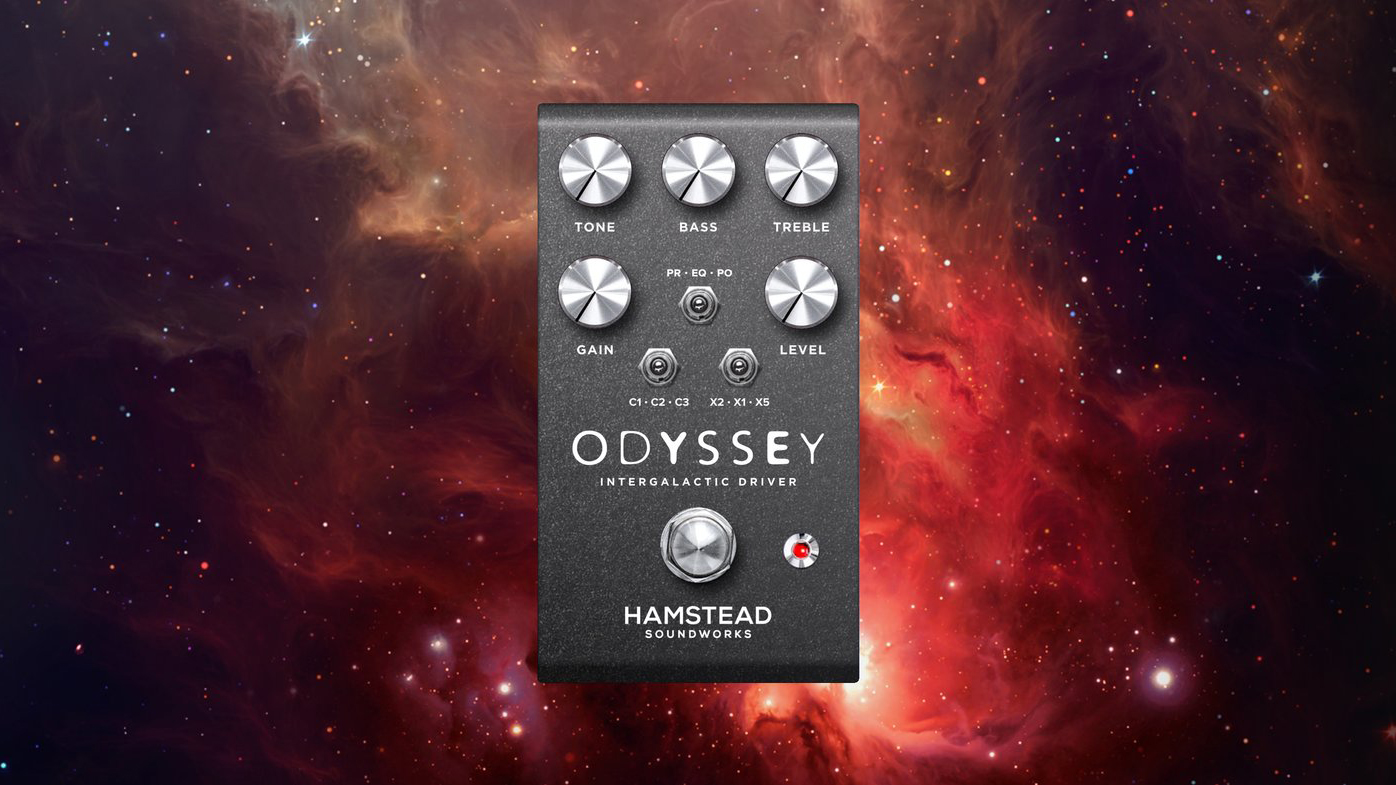
The general circuit topology has some things in common with with the humble ProCo RAT, in so far as there's an option for hard clipping, and it's fundamentally an op-amp based design, rather than using transistors or JFETs. This means that when wide open, at higher gain settings, it has some tonal similarity to a dimed RAT. However, its two-band EQ with low-pass filter, positional EQ routing and clipping options, as well as the ability to use multiple clipping stages, make it vastly more flexible.
Furthermore, although it's useful in some ways to have a drive pedal that can do the full range from light breakup to full-bore saturation, even when maxed out, it's a relatively touch-sensitive unit, with decent note separation and compression that's musical rather than being totally overpowering. Where a Tube Screamer-style pedal can leave you feeling like the mids are over-emphasised and the treble suppressed, the Odyssey is not only more 'open' with the EQ all at 12 o'clock, but can be adjusted to taste more easily.
Alternatives
Amptweaker Tight Rock Jr
ProCo RAT
More: 8 cheap but great guitar overdrive pedal alternatives to boutique classics
Alex Lynham is a gear obsessive who's been collecting and building modern and vintage equipment since he got his first Saturday job. Besides reviewing countless pedals for Total Guitar, he's written guides on how to build your first pedal, how to build a tube amp from a kit, and briefly went viral when he released a glitch delay pedal, the Atom Smasher.
“A pedal that sings with harmonic richness and blooming touch response”: Tone King offers up boutique tube amp tones for your pedalboard with the Imperial Preamp
“Each and every unit is perfectly dialled in to the 'sweet spot' that can be so elusive to find in vintage pedals”: Pigtronix’s Gas Giant is a high-gain fuzz pedal with a FET-driven onboard noise gate
